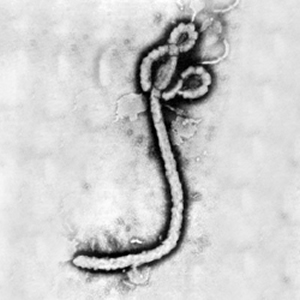Pseudomonas and Bioremediation
According to the Center for Climate and Energy Solutions, petroleum supplies 32.5% of global energy use (Center for Climate and Energy Solutions). The global transport of petroleum has resulted in oil spills in marine ecosystems, such as the highly publicized Deepwater Horizon oil spill off the Gulf of Mexico, the Prestige oil spill in Spain, and the Exxon Valdez oil spill in Alaska. Oil spills are costly and ecologically damaging as polycyclic aromatic hydrocarbons have been linked to cardiac arrhythmia in marine organisms. There is a great need for efficient and ecologically friendly remediation strategies.
Bioremediation is a strategy that uses naturally occurring organisms to break down pollutants, such as petroleum hydrocarbons, into less toxic substances. Species in the bacterial genus Pseudomonas present high potential for hydrocarbon degradation due to their metabolic diversity, their abundance in microbial communities, and their resistance to chemical remediation agents present at contamination sites.
Introduction
Classification
Domain: Bacteria
Phylum: Proteobacteria
Class: Gammaproteobacteria
Order: Pseudomonadales
Family: Pseudomonadaceae
Genus: Pseudomonas
Section 1
At right is a sample image insertion. It works for any image uploaded anywhere to MicrobeWiki. The insertion code consists of:
Double brackets: [[
Filename: Pseudomonas putida metabolic pathway.png
Thumbnail status: |thumb|
Pixel size: |300px|
Placement on page: |right|
Legend/credit: Electron micrograph of the Ebola Zaire virus. This was the first photo ever taken of the virus, on 10/13/1976. By Dr. F.A. Murphy, now at U.C. Davis, then at the CDC.
Closed double brackets: ]]
Other examples:
Bold
Italic
Subscript: H2O
Superscript: Fe3+
Overall paper length should be 3,000 words, with at least 3 figures with data.
Section 2
Include some current research in each topic, with at least one figure showing data.
Section 3
Include some current research in each topic, with at least one figure showing data.
Further Reading
[Sample link] Ebola Hemorrhagic Fever—Centers for Disease Control and Prevention, Special Pathogens Branch
References
Edited by Jessica Cheng, a student of Suzanne Kern in BIOL168L (Microbiology) in The Keck Science Department of the Claremont Colleges Spring 2015.

